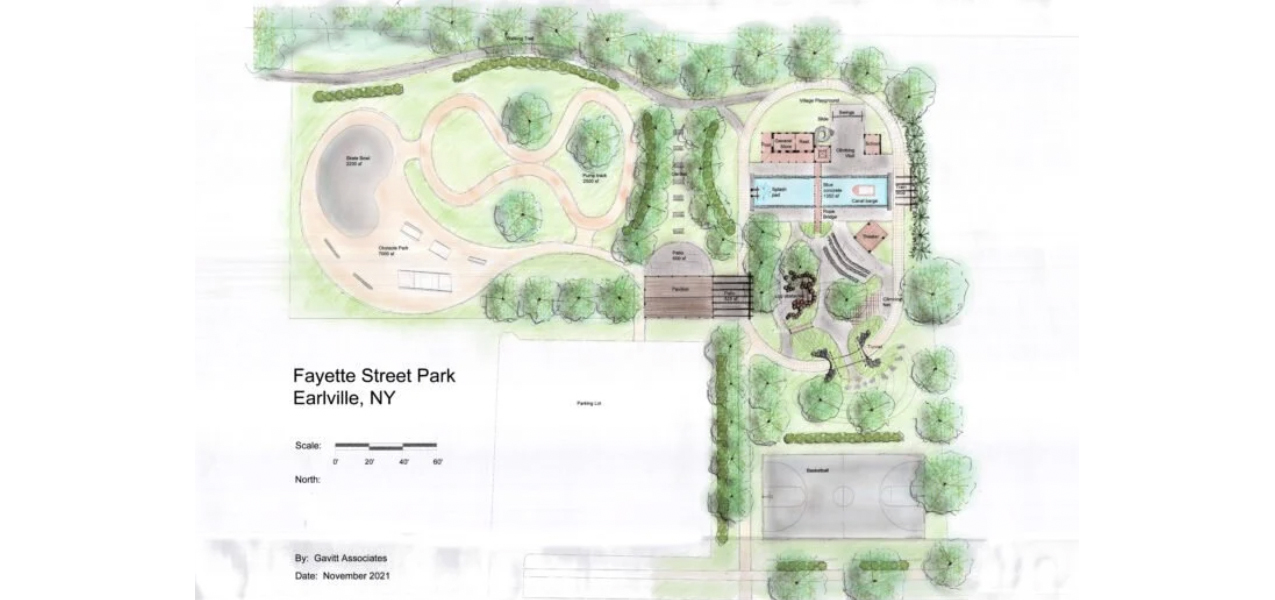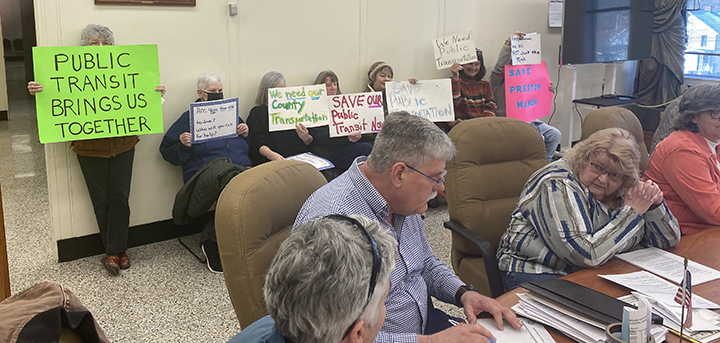FEMA crew begins surveying April storm damage
NORWICH – The Federal Emergency Management Agency has begun its survey of an estimated $2.5 million worth of damage to Chenango County’s roadways during the violent storm that ripped across the eastern seaboard on April 28.
FEMA employees based in Syracuse toured nearly one third of the damaged roads last week. However, because of the extensive damage to areas across the United States, including Joplin, Mo. and large parts of Alabama, the FEMA crew will have to divide their time between both Chenango and Broome counties.
“The problem is ... FEMA doesn’t have enough people right now,” said Emergency Management Coordinator Matthew Beckwith. “As more things get cleared up around the country, we will get more focus.”
This could mean an entirely different team will have to come and re-survey the damages in the future. Beckwith expressed concern about the inconsistencies this may create further down the road, and said he has shared these with FEMA officials.
Beckwith went on to explain that the areas FEMA surveys will have to be well documented, photographed and measured before a request for money is made. However, he assured supervisors on the Chenango County Public Works Committee last week that after each “small” project was surveyed, a request could be made immediately.
“It’s only the large projects that we’ll have to do the work first,” he said. FEMA defines a large project as any isolated instance of damage that will cost over $63,000. Unfortunately, even the small projects will take time, he said.










Comments